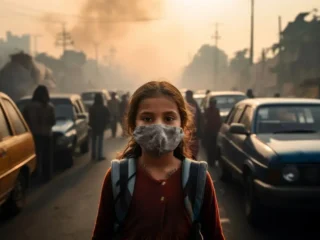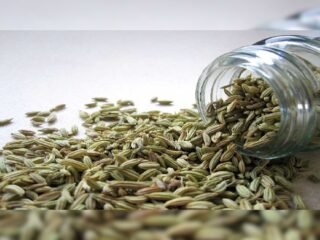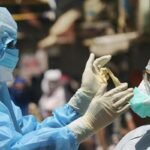India’s Covid-19 case tally crosses 50 lakh mark today with a spike of 90,123 new cases and 1,290 deaths in last 24 hours. India passed four million coronavirus disease cases on September 4 and crossed five million marks on September 15.
Amid a spurt in Covid-19 cases, India continues to record a spate of very high recoveries. India logged in the highest number of single-day recoveries in the last 24 hours. 82,961 Covid patients were cured and discharged from home/facility isolation and hospitals, steeply pushing the Recovery Rate to 78.53%.
📍Total #COVID19 Cases in India (as on September 16, 2020)
▶️78.53% Cured/Discharged/Migrated (39,42,360)
▶️19.84% Active cases (9,95,933)
▶️1.63% Deaths (82,066)Total COVID-19 confirmed cases = Cured/Discharged/Migrated+Active cases+Deaths pic.twitter.com/yrcnDtilFs
— #IndiaFightsCorona (@COVIDNewsByMIB) September 16, 2020
The 7-day moving average of the Recoveries shows a consistent increase in the recoveries. The total recovered cases stand at 39,42,360.
In the last 24 hours, Maharashtra (19423) contributed 23.41% of the new recoveries while the States of Andhra Pradesh (9628), Karnataka (7406), Uttar Pradesh (6680) and Tamil Nadu (5735) contributed 35.5% of the new recoveries.
Nearly 59% of the new recoveries came from these five States. 27 States/UTs are reporting Recovery Rate of more than 70%. There are 9,95,933 active cases in the country as on date.
The gap between Recovered and Active cases has crossed 29 lakh today (29,46,427). Recovered Cases are nearly four times (3.96) the number of Active Cases.
Maharashtra, Karnataka, Andhra Pradesh, Uttar Pradesh, Tamil Nadu compose close to 60% of the Active Cases. 70% of the Total Active Cases are found in the nine most affected States/UTs. 90,123 new cases have been reported in the last 24 hours in the country.
State-wise details of Total Confirmed #COVID19 cases
(till 16 September, 2020, 8 AM)➡️States with 1-15000 confirmed cases
➡️States with 15001-115000 confirmed cases
➡️States with 115000+ confirmed cases
➡️Total no. of confirmed cases so far pic.twitter.com/BaRdpDaVXY— #IndiaFightsCorona (@COVIDNewsByMIB) September 16, 2020
With more than 20,000 new cases in the last 24 hours, Maharashtra is leading the tally. This is followed by Andhra Pradesh (8846) and Karnataka (7576).
At a press conference yesterday, Health Secretary Rajesh Bhushan underlined that India’s Covid-19 deaths per million population at 58 is also amongst the lowest in the world and the global average is 118. Asserting that there has been a progressive rise in India’s Covid-19 testing, he said, “We took 27 days to double our testing from 1 crore to 2 crores.
.@MoHFW_INDIA के सचिव श्री राजेश भूषण जी ने बताया कि दुनिया के अन्य देशों के मुक़ाबले भारत में #कोरोना से होने वाली मौतों की संख्या भी बहुत कम है।
यहांं प्रति 10 लाख में 58 #करोना पॉजिटिव मरीज़ों की मृत्यु होती है ,जबकि विश्व में यह 128 से लेकर 600 तक है।@PMOIndia #COVID19 pic.twitter.com/duZvUeuS7O
— Dr Harsh Vardhan (@drharshvardhan) September 15, 2020
However, we took only 10 days to jump from 4 crore tests to 5 crore tests.” Highlighting the high number of recoveries in India, Bhushan said more than 38.5 lakhs patients have recovered and the number was among the highest in the world with Johns Hopkins University data stating that India has the highest recoveries.
RT-PCR and Rapid Antigen Test (RAT) capacities have been substantially scaled up in all States.
Everyday on an average more than 9.5L samples are tested by Govt labs, & more than 1.2L in Pvt labs. pic.twitter.com/5ZCmf1Nn86
— Ministry of Health (@MoHFW_INDIA) September 16, 2020
Talking about India’s Covid-19 fight, he said, “If you look at the countries of Europe and the United States, they had a peak and then they came down and during that peak whether it was Spain, the UK or Sweden or Italy, there were the huge number of mortalities.”
“We distributed the curve in such a way that we did not have those large number of deaths and that was attributable scientifically because of a very effective lockdown that was imposed in the month’s late March, April and May. So, we did not really have a huge peak from that perspective,” he added.








